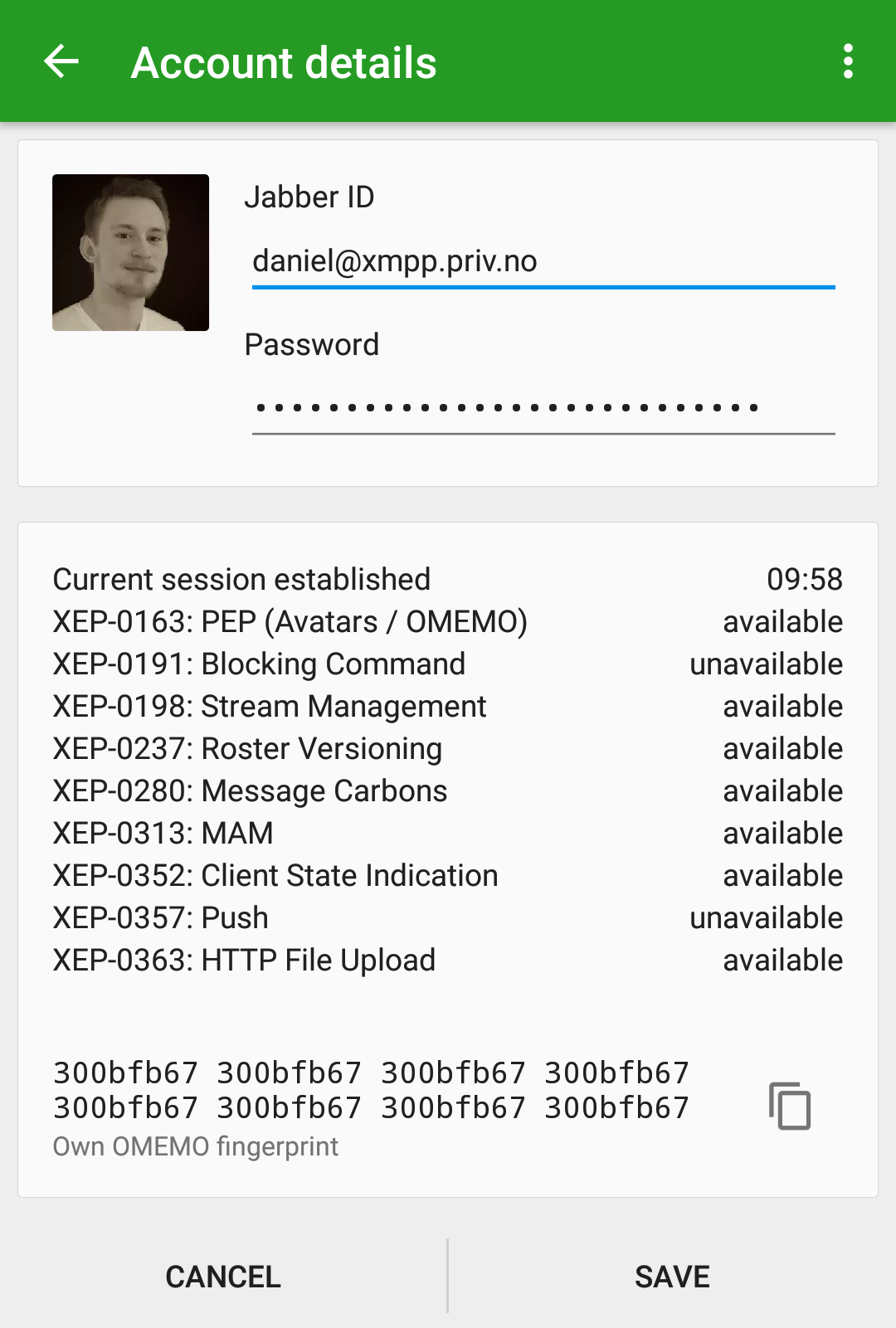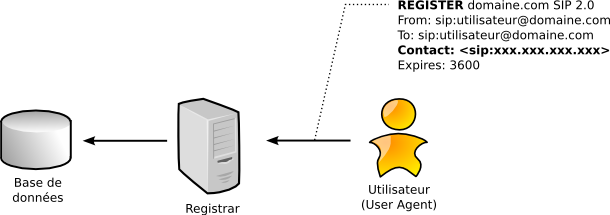
Proxy Server Address And Port
What is a proxy ip address and port number?
What is a proxy IP address? When you connect to the Internet through proxies, the IP of the proxy server will be shown in place of your home IP address. Proxy IP addresses are designed to provide you with more privacy while you surf the web. A port number is part of the addressing information used to identify the receivers and senders of network messages. These numbers are also usually associated with TCP/IP network connections. Port numbers allow different applications on the same computer to share network resources. What’s more, port numbers can start from 0 and go up to 65535.
As seen in the image, the digits marked in red, comprise the IP address of a proxy IP address. The number marked in blue is the port number. 8080 is the default port number, and is commonly used for proxy and caching.
Understanding TCP / IP Protocol
TCP/IP is a suite of communications protocols used for interconnecting network devices on the Internet. Transmission Control Protocol/Internet Protocol uses two protocols – TCP and IP – and implements layers of protocol stacks. Each layer is designed to provide a well-defined network service to the upper layer protocol.
Understanding Application Layers
An application layer is one of the layers in the TCP/IP protocol suite and Open Systems Interconnection seven-layer model. Application layers comprise the protocols that facilitate process-to-process communication across an IP network. Some of the common application layer protocols include:
HTTP (Hypertext Transfer Protocol)
SMTP (Simple Text Transfer Protocol)
SNMP (Simple Network Management Protocol)
FTP (File Transfer Protocol)
Understanding Transport Layers
The transport layer protocol is the fourth layer of the OSI reference model. It enables transparent data transfer between two communicating systems or end systems that are using the services of a network layer, for e. g. an Internet Protocol layer. Since transport layers provide end-to-end information transfer and control, it is safe to say that it will provide reliable and cost effective data transfer as well as the quality of service needed by a particular application program.
Understanding Network Layers
Network layers are considered the backbone of the Open Systems Interconnection Model. It is also the third level of the model and provides data routing paths for smooth network communication. In a network layer, data will be transferred in the form of packets through one or more logical network paths in an organized format.
Understanding Data Link Layers
In computer networking, the data link layer is the second layer of the OSI model. The layer is also responsible for transferring data between nodes on a local area network or adjacent network nodes in a wide area network. Common data link protocols include Point-to-Point Protocol, Ethernet, Advanced Data Communication Control Procedures, and more.

How to Find My HTTP Proxy Port Number | Techwalla
Image Credit: Jupiterimages/Pixland/Getty Images
The proxy server acts as a mediator between the client machine and the main server. Requests sent from the client machine are first routed to the proxy server. These requests are then validated based on a series of filters. If the request is valid then the proxy server allows the client machine to retrieve the information from the source requested. Some of the uses of a proxy server are to restrict users from visiting specific websites, scan outbound content or restrict file and folder access depending on the client machine’s security level.
Internet Explorer
Step 1
Open the Internet Explorer browser.
Step 2
Click on the “Tools” down arrow, and select the “Internet Options” option.
Step 3
Click the “Connections” tab.
Step 4
Click the “LAN settings” button. The “Local Area Network (LAN) Settings” window will open. The proxy port number will be in the box labeled “Port. ”
Firefox
Open the Firefox browser.
Click the “Tools” menu and select the “Options…” option.
Select the “Advanced” icon.
Click the “Network” tab.
Step 5
Click the “Settings…” button. The “Connection Settings” window will open. You can find the proxy port number in the “Port” box next to the “HTTP Proxy:” Proxy numbers are utilized when in a LAN setting. Unless the user has a specific home network, there will be no use for the proxy port number on home-based computers.
If you are an advanced Linux user and want to be able to set the proxy utilizing Squid, see the “Resources” section of this article.
What Is a Proxy Address? – ItStillWorks
i Jupiterimages/ Images Proxies serve as representatives or surrogates for you on the Web, and your proxy address refers to this activity either for your PC’s Internet connection and server or your email system when you have multiple email addresses. A proxy server acts as a go-between for you and the rest of the Internet for purposes like protecting your identity, while proxy email addresses allow you use a single mailbox to manage all of your email. Private Proxy SurfingWhen talking about your overall Internet connection, your proxy address is the IP address for a special server that acts as an intermediary between you and the websites and Web services you use. Proxy servers give you an extra layer of protection when surfing the Web because websites are only provided with the server’s IP address instead of your own, so your actions cannot generally be traced back to you and services have a hard time tracking your overall Web activities. Server Types and BenefitsThe two main types of proxy servers are anonymous and distorting proxy servers. Anonymous proxies simply hide your IP address, while distorting proxy servers actually provide websites and services with an incorrect IP address. Distorting servers aren’t always obviously proxy servers, so websites are often fooled by the fake IP address. Beyond providing anonymity, proxy servers also have options to monitor traffic that comes to your PC, letting you scan downloads for viruses before delivery or prevent unauthorized services from accessing your PC. Mailbox ProxiesWhen it comes to your email, proxy addresses are used to let you have multiple email addresses direct to a single inbox. Your main email address is used as your login information and the proxy addresses are funneled to the inbox of the main email account. This is particularly useful for webmasters and help desks, where IT team members have a personal account as well as general help accounts so users can report errors or problems. Microsoft’s Proxy UseMicrosoft’s Exchange Server email service is one of the most prominent email programs to refer to your secondary email addresses as proxy addresses. Exchange currently uses proxy addresses for email-related items you access beyond your secondary accounts. Proxy addresses exist for server recipient objects that include distribution groups, public folders and some networked devices like printers or scanners that use email. References Writer Bio Geoff Whiting is a writer and copy editor who has specialized in business technology, consumer electronics and research reports since 2007. He has written for national magazines like “American Shipper” and “BIC Magazine, ” has written daily news articles for FierceMarkets, and has crafted research reports for Rider Research, Intel and Spotify.
Frequently Asked Questions about proxy server address and port
Where is a proxy server and port number?
Click the “LAN settings” button. The “Local Area Network (LAN) Settings” window will open. The proxy port number will be in the box labeled “Port.”
What is the proxy server address?
When talking about your overall Internet connection, your proxy address is the IP address for a special server that acts as an intermediary between you and the websites and Web services you use.
How do I find my proxy server name and port command?
Find Proxy Server You’re Connected to in WindowsSelect the “Start” button, then type “cmd“.Right-click “Command Prompt“, then choose “Run as Administrator“.Type “netsh winhttp show proxy“, then press “Enter“.


